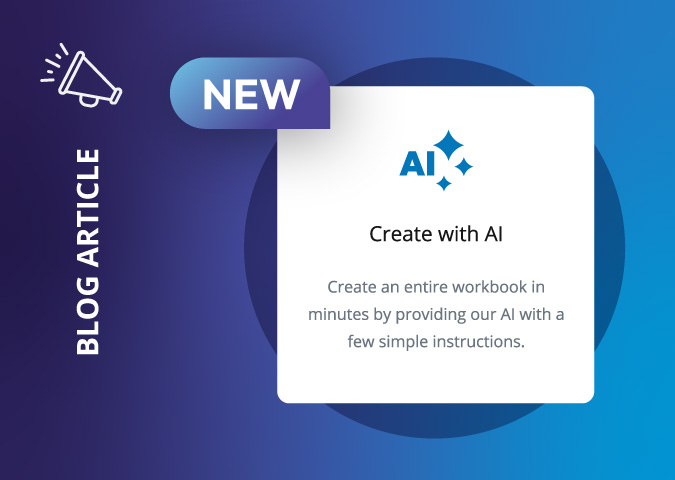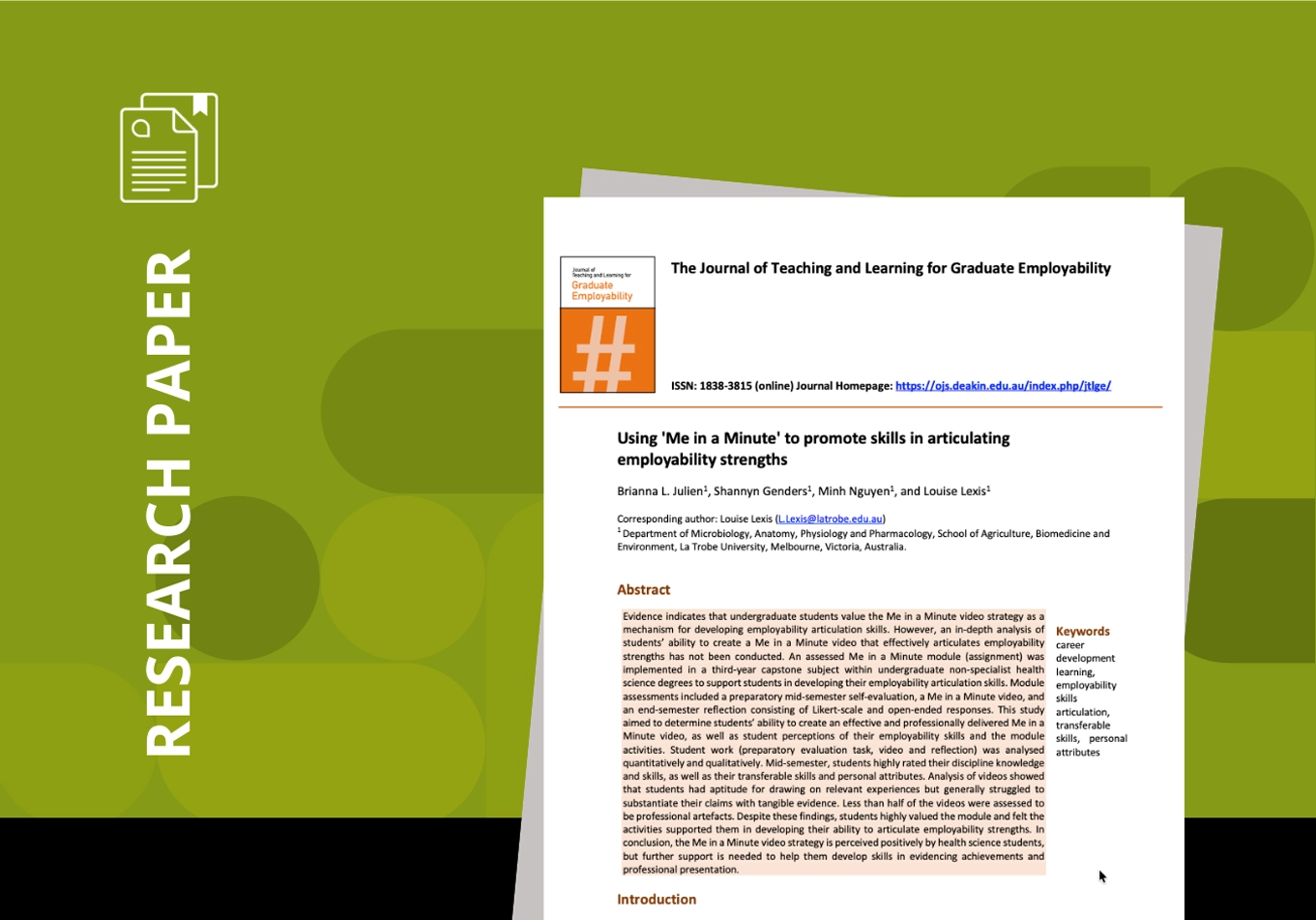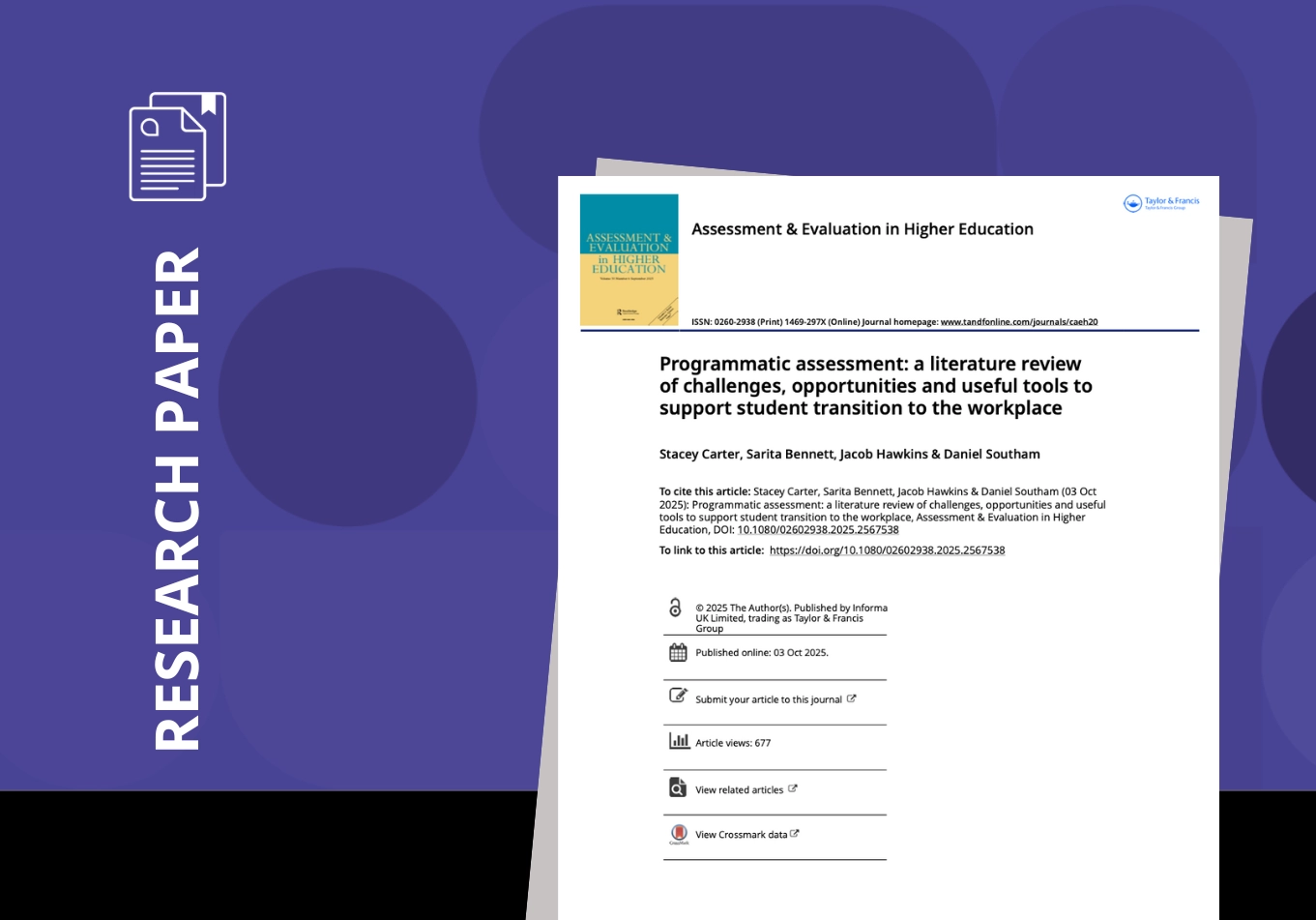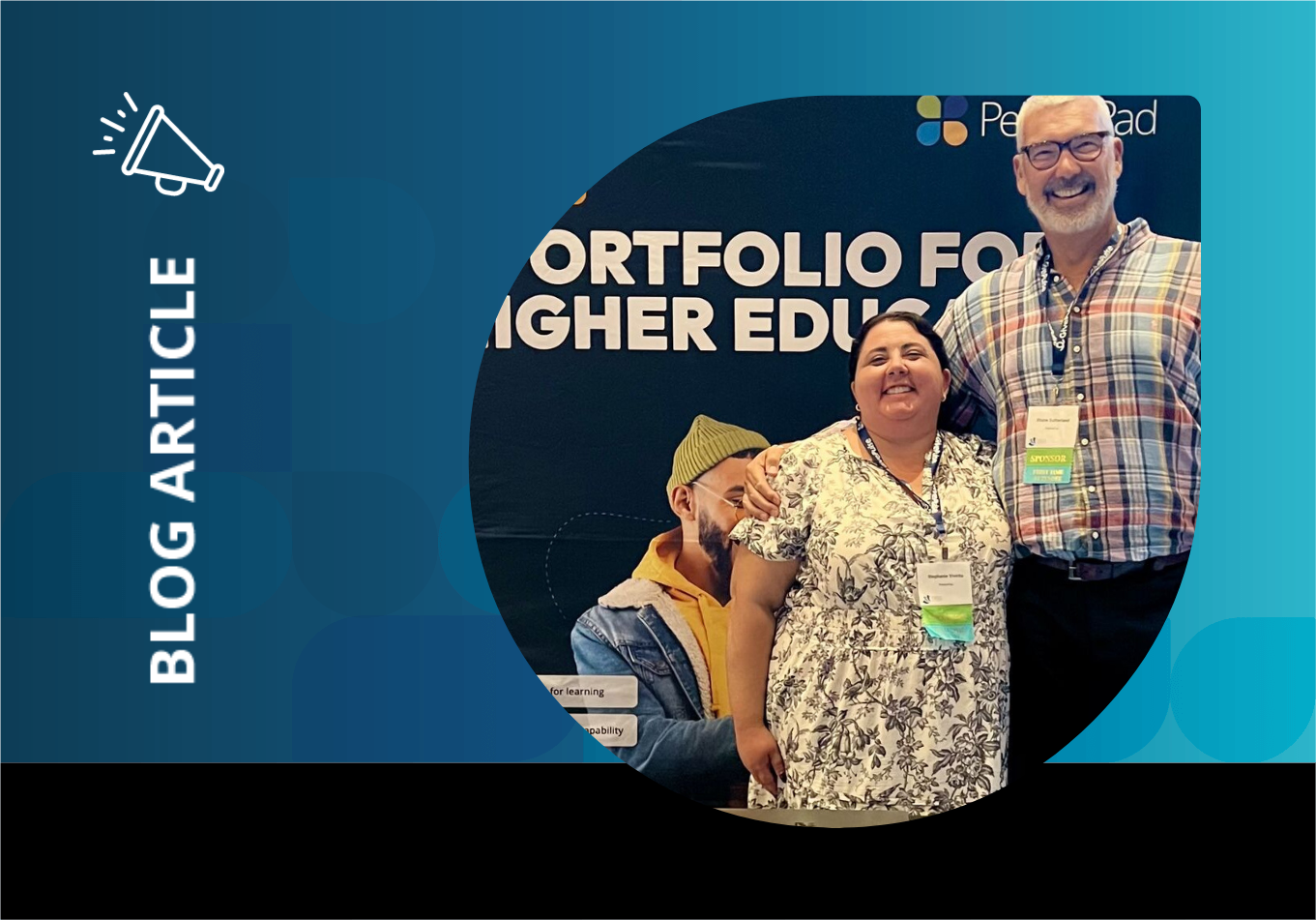In a recent article for Forbes, Bruno Manno offers a compelling analysis of the evolving landscape of higher education in the U.S. With clarity and conviction, he offers a striking message: the conventional degree no longer cuts it. His article invites us to consider the future of post-secondary education and the necessary adaptations to meet the demands of today’s world.
In today’s rapidly evolving job market, Manno explains how entry-level positions increasingly require mid-level expertise as artificial intelligence gradually takes over roles previously held by college graduates. In response, higher education institutions are urgently working to bridge this experience gap to prevent students from being left behind.
This is where apprenticeship degrees come into play—innovative earn-and-learn programs that merge practical experience with academic advancement. These programs don’t merely offer a reform—they represent a transformative redefinition of the purpose of higher education.
In short, experience is the new credential. But experience, alone, doesn’t tell the story.
For over 20 years at PebblePad, we’ve been quietly building the infrastructure apprenticeship programs now need:
- A platform where learners document, reflect on, and grow from real-world experience
- Tools to align workplace learning with stackable credentials and pathway milestones
- Private and public spaces for mentors, assessors, and advisors to provide formative support
- A customizable structure that allows institutions and intermediaries to build learning journeys—without being boxed into LMS logic
We’ve seen this approach thrive at institutions like The Ohio State University, where ePortfolios serve as scaffolds for both general education and discipline-specific learning, as well as for identity development—allowing for far more than just assessment. We’ve also seen smaller technical and community colleges adopt PebblePad to support internships and provide students opportunities to grow, reflect, and capture learning across modalities.
The shifting infrastructure Manno describes undoubtedly requires top-down support from institutional leadership. However, tools like PebblePad can effectively facilitate this support, not only for tracking progress but also for making it visible, shareable, and personal.
We’re eager to be part of the ongoing conversation on where apprenticeship degrees go next. We believe learners deserve flexible paths, meaningful recognition, and the tools to shape their own narrative—on campus and beyond.











